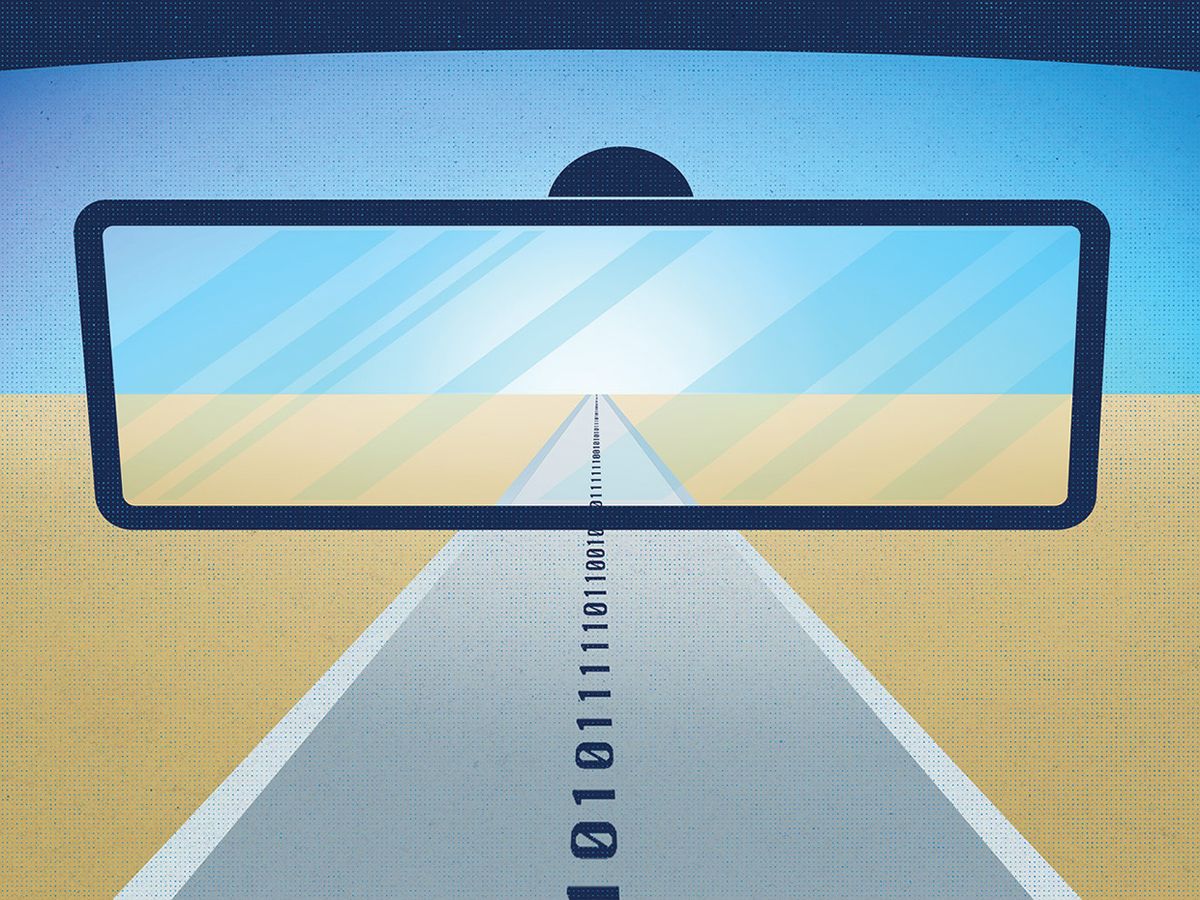I wrote my first Technically Speaking column way back in June 2002. How long ago was that? Long ago enough that some companies that seem now to have been around forever weren’t even gleams in their founders’ eyes: Facebook, LinkedIn, Skype, Twitter, YouTube. Friendster was trying to persuade people to do social networking; Internet Explorer 6 was the dominant Web browser; and people were getting excited about Swiss army phones that—O brave new world!—could do more than just make and receive phone calls.
In 2002, we were so innocent. We thought the PDA was here to stay and that Wikipedia wouldn’t last. We didn’t foresee Web 2.0 or filter bubbles. We knew nothing about the wisdom of the crowd or the convenience of the cloud. There was no clickbait or CAPTCHAs, no MOOCs. There had not yet been a single flash mob.
Language is a cultural phenomenon, so new additions to the lexicon must be telling us something about new aspects of the culture. To that end, let’s take a quick look at some words and phrases that first appeared in 2002. In that year, we coined caving (“staying inside one’s home as often as possible”) and binge viewing (“a period of excessive indulgence spent watching previously broadcast episodes of a TV show”). We first used blogosphere (“the collection of all bloggers, blog sites, blog readers, and blog text”) and Googleverse (“the products, services, and technologies belonging to or associated withGoogle and the Google search engine”). We started using selfie (“a photographic self-portrait, particularly one taken with the intent of posting it online”) and microblogging (posting short thoughts and ideas to a personal blog”). You can feel 2002 in these words, but they’re also pregnant with the years to come.
Is there a word or phrase that best captures the zeitgeist of the past 15 years? That’s a tough one. A few years back, the American Dialect Society voted for the Word of the Decade, meaning the years 2000 to 2009. The winner? Google, used as a verb (a usage I noted in my February 2003 column). That was a good choice, but it’s not all-encompassing enough to stand as a linguistic marker for the age. With the iPhone now into its second decade, you could make a case for smartphone (see my October 2005 column), since we all carry one around these days, but our times are defined more by what we do with our phones. A cynic might therefore nominate iPhone zombie (from my December 2010 column), since what we really seem to do with our devices is put ourselves and others in danger by using them obliviously. But I’ll head in the opposite direction and go with the phrase information at your fingertips, which was the subject of my April 2009 column. Imagine: We now routinely carry the sum of the world’s knowledge (or close to it) in our pockets and purses. Of course, back in 2002 we hadn’t heard the term fake news, either, so the information our fingertips are finding these days isn’t always good.
As you might have guessed by now from the nostalgia-fest above, this is my last column for IEEE Spectrum. I didn’t originate Technically Speaking—that honor belongs to the engineer Kevin Self, who wrote the column for its first 10 years. But it is one of my proudest accomplishments that I exceeded that impressive feat of longevity by five years, making my tenure here second only to that of the venerable Robert W. Lucky. I enjoyed writing these columns, I got to work with some amazing people at the magazine, and I loved hearing your comments, kudos, and yes, even your criticisms. Technology remains culture’s greatest language-generating machine, and it has been my pleasure to look under the hood of that machine for these past 15 years.
This article appears in the December 2017 print issue as “Exit Code.”
Paul McFedries is a technical and language writer with more than 40 books to his credit. He also runs Word Spy, a Web site and mailing list that tracks new words and phrases.



